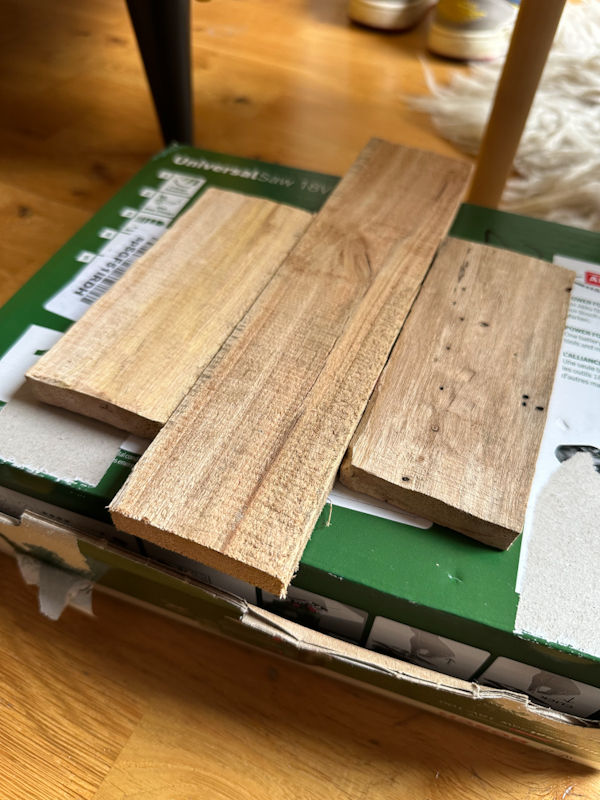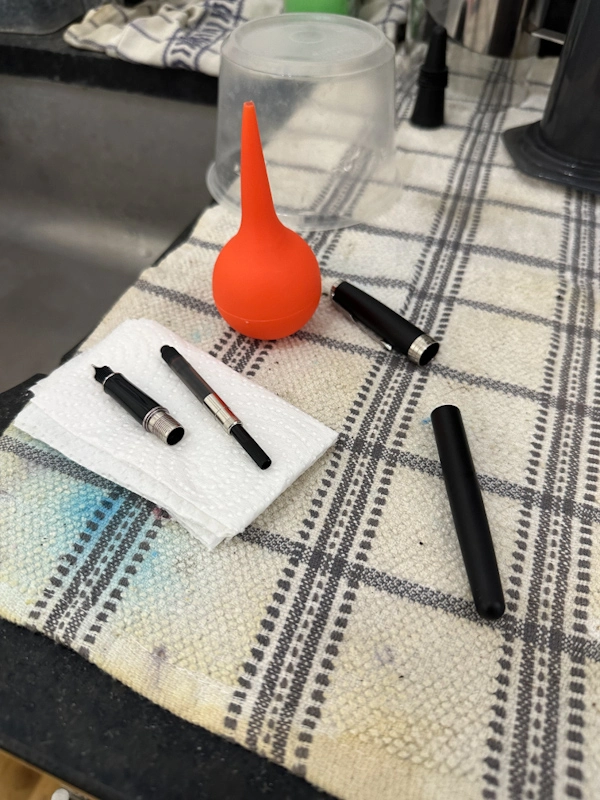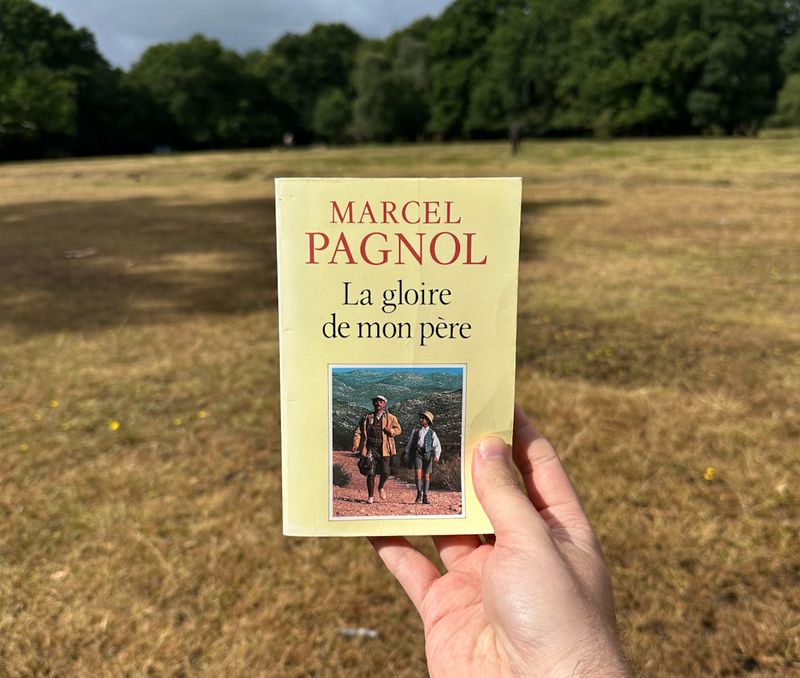In June, I got inspired by Austin Kleon and published a blog post called Pay Attention To What You Pay Attention To, in which I listed 9 things that caught my attention.
Since then, I’ve kept notes and screenshots of what piqued my interest. I’ve noticed that my brain keeps coming back to some of those ideas, and so now is a good time to document them. I find it fascinating to browse through what I was interested in (or obsessing over!) a few months ago.
Here are a few facts I learned recently or that I think are worth sharing:
-
On my recent camping trip, I read the classic French book La Gloire De Mon Père by Marcel Pagnol and came across this quote: “Il n’est pas besoin d’espérer pour entreprendre ni de réussir pour persévérer”. It translates to “It is not necessary to hope in order to undertake something, nor to succeed in order to persevere”. It really captures how I think about art and creativity at the moment: this maxim is simple yet powerful, but knowing it isn’t quite enough to scare the creative demons away. Reading it and repeating it to myself regularly seems to help.
-
There is a Tube line in London that only has one job: The Waterloo and City line runs between the Waterloo and Bank stations, with no other stops. Its purpose is to shuttle commuters between Waterloo (a big train station serving areas west of London) and the City, one of the big financial districts of the capital. I am a big fan of things that only have one purpose (and do it well), so I was super excited when I took this Tube line for the first time recently! It makes me think of the concept of Best Simple System for Now as described by Daniel Terhorst-North.

- Learning by doing still is one of the greatest ways to learn. Inspired by Van Neistat, I decided to solve one of my problems with my own hands: Books were piling up on my shelf, so I built wooden bookends out of a fruit pallet I found in my building’s basement. It was more complicated than I thought, especially without clamps to hold things in place while you’re cutting or screwing them together, and in the end I learned a lot! For example, sanding even just a little bit of wood produces a lot of dust, so wear a mask! Now, onto the next project!

- You can use a bulb syringe to clean a fountain pen! These great writing instruments collect a lot of gunk inside their feed, especially when you use an ink converter. I bought a bulb syringe off the internet, and flushing dried ink from inside the pen now takes me two minutes, instead of half an hour! It also means my ink converters piston mechanism will live longer, as I no longer use them to flush the pen.

-
The Guardian asks “Should We Embrace Boredom?”. My answer is yes, definitely (see my blog post “Be Bored, Create More”). They conclude by saying “The people who choose to embrace boredom, at least for a while, may paradoxically experience less of it. It could even be the first step towards a life that feels more stimulating overall: meaningful, creative and free”. If you don’t know where to start, I recommend you try practising Miranda Keeling’s “Stopping To Notice”.
-
Writing software is creative. I think solving problems with technology is a creative act. Just like writing or painting, you have to go through many iterations to find what works. You might also feel limited by the tools you use - and it might be just what you need to make you more creative. You also need to be prepared to discard your drafts: don’t get emotionally attached to your code! Even outside of work, my brain is fascinated by using code to solve problems, just like it obsesses on using power tools to shape wood into solutions. That’s why you’ll see me write about tech more. It’s one of the things I pay attention to!
-
Open source projects use a Makefile to automate running utility things like tests, linters, formatters, and type checkers. The sysadmin in me was surprised, as makefiles are used to build packages, not run arbitrary commands during development. But I have to say I find it fun. It is actually easier to get something useful running than with a bash script. What a creative way to hijack a tool to automate development tasks and abstract complexity!
-
Python stuctured logging fun: with the library structlog, you can’t use
bind()to bind a key/value pair to all your log entries at the module or class level. It just won’t work (and obviously won’t tell you why!). Instead, you have to useinitial_valuesinstructlog.get_logger(). -
Python is weird, episode 937: There is a Python quirk around mutable default arguments in functions. Python caches the values of mutable default arguments. If you assign a list as a default value to a function argument, and add stuff to it, the list will still have those items in it, next time you run the function. What happened to local context staying local??
Looking back through these breadcrumbs of my summer, I see two themes intertwined.
The first is that I’m learning a lot and I’m super excited about it. Learning keeps me humble, and it fuels my creativity.
The second is about the value of noticing. I am less and less chasing this big creative breakthrough, and instead I am engaging more with little everyday, life moments.
As the quote I found in Marcel Pagnol’s book says, I don’t need to succeed to persevere. Consistency and discipline have been key to me writing and publishing more. That’s the great lesson I learned in the first half of 2025!
